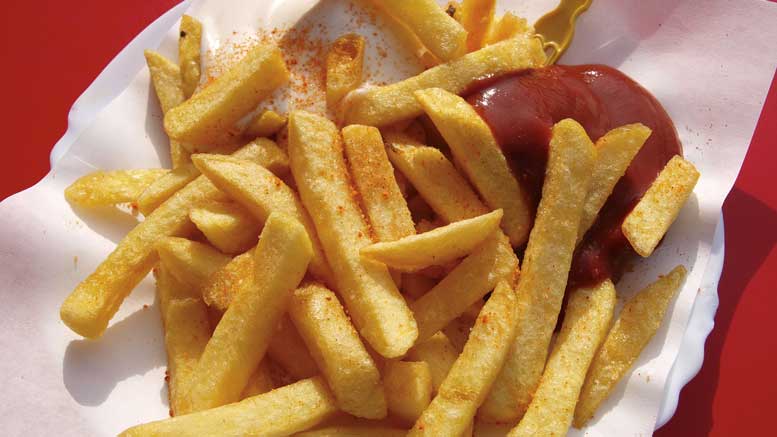|
Click to listen to this article
|
By Matt Harris, Director of Government Affairs, Washington State Potato Commission
As consumers, we rarely think about simple expressions we use every day. For example, as I was enjoying lunch, I asked my wife to “pass the ketchup, please” – a great accompaniment for French fries. That phrase is part of the food fabric of so many generations and flows off the tongue.
Interestingly, the United States Department of Agriculture, National Agricultural Statistics Service stated that in 2023, California’s tomato processors reported contracts estimated at 12.4 million tons. That’s 24.8 billion – with a “b” – pounds of tomatoes to be turned into so many of our favorite tomato staples including ketchup almost every year, grown on 248,000 acres of land, exclusively in the Golden State.
Now that you’re hungry for fries with California ketchup, start to ponder what happens when weather patterns change and those great “salad bowl” regions in the U.S. become too hot and dry to produce food we all enjoy.
Nick Bond, the emeritus state climatologist at the Office of the Washington State Climatologist, is busy working on climate drought persistence across parts of Washington and the Pacific Northwest. The collaboration of water managers and scientists helps to adapt to seasonal variations to best use water we have today and food we’ll need to consume tomorrow.
Now think about how the U.S. salad bowl may need to be grown in new locations across the country. In Eastern Washington, the agricultural sector plays a crucial role not only in the local economy but also in the national food supply. However, the ability to meet the growing demand for food with an ever-changing climate is limited by the U.S. not fully accessing consistent and available water.
Authorized in 1945, the Columbia Basin Project is still incomplete 80 years later. Advancing a critical piece of water infrastructure is building the East High Canal which will feed an additional 300,000 acres of agricultural production.
Within the East High region, farmers are scrambling to meet the current drought demands on water availability by shutting down pumping from an aquifer and drawing water from the Columbia River through laterals such as EL 22.1, EL 80.6, EL 84.7 and EL 86.4, with a few other laterals providing surface water to roughly 65,000 acres of land. These lands are critically important but only represent a fraction of needed food production. If climate modeling is correct, we’ll need more acres for food production if the U.S. wants to keep supplying ketchup for our fries.


